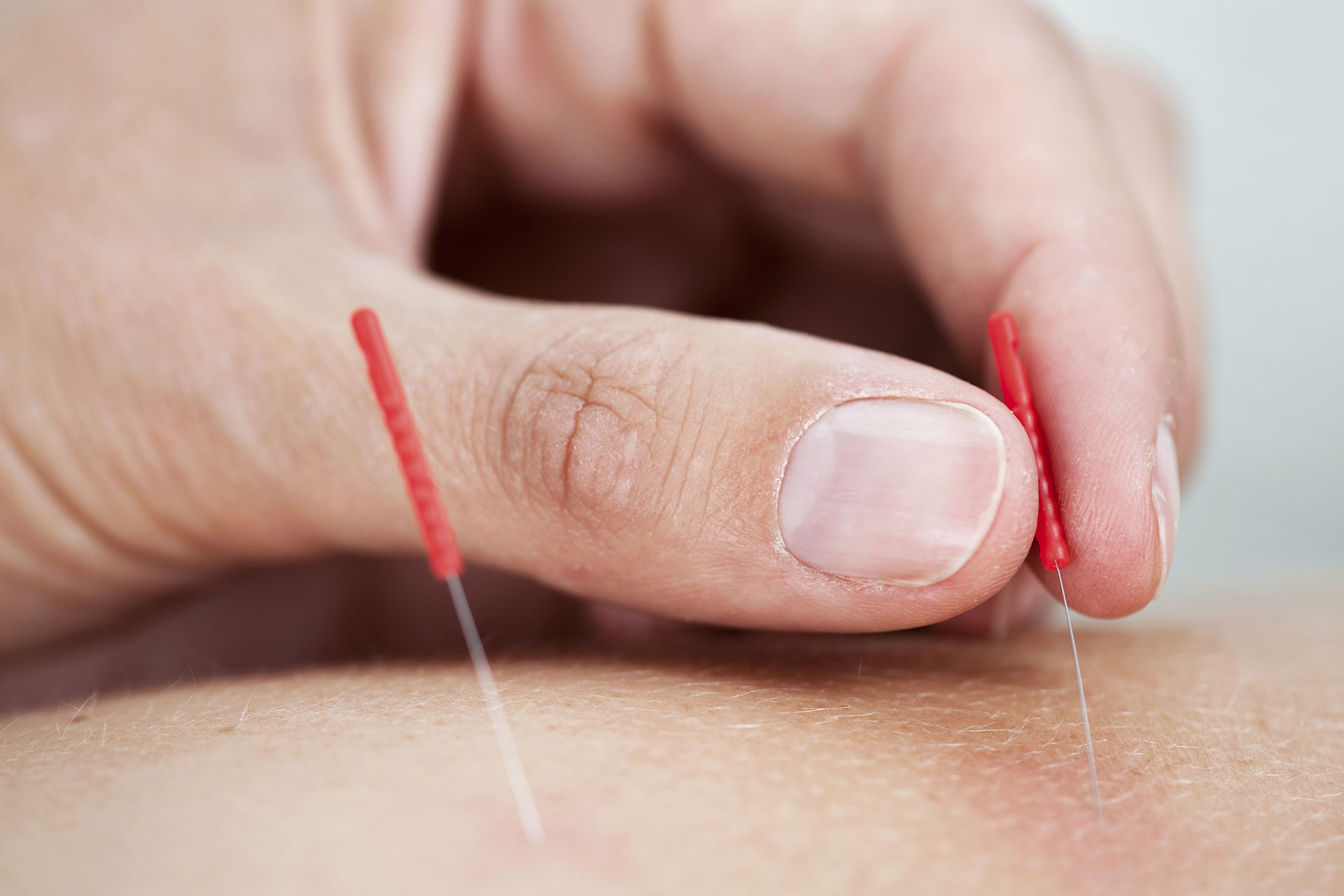
![]() Dear Dr. Narda, I know you like to approach integrative medicine from a scientific perspective, but I’ve only heard of acupuncture as a type of “energy” medicine involving mysterious substances such as “Qi” and “Dampness” or things like that. How can you explain the science behind things that no one has yet identified? Stumped in St. Louis.
Dear Dr. Narda, I know you like to approach integrative medicine from a scientific perspective, but I’ve only heard of acupuncture as a type of “energy” medicine involving mysterious substances such as “Qi” and “Dampness” or things like that. How can you explain the science behind things that no one has yet identified? Stumped in St. Louis.
![]() Dear Stumped,
Dear Stumped,
You are correct. Here at CuraCore, we’re about teaching scientific integrative medicine. The acupuncture we teach is indeed grounded in rational mechanisms and informed by evidence. In fact, we think all of integrative medicine should be approached scientifically. Here are four myths from both the holistic community and skeptics alike that we dispel as we sort fact from fiction in, for example, acupuncture.
- Myth: “Acupuncture works by moving Qi, the body’s vivifying energy.”
Fact: The Chinese word “qi”, or “chi”, literally means “air” or “breath” – not energy. The notion that acupuncture moves energy arose from a mistranslation of qi into the word energy in the early 20th century. This “energy” often alluded to in books on Chinese medicine and New Age healing perpetuate this error, referring to acupuncture as “energy medicine” rather than recognizing its rational basis: a system that invokes neuromodulation and mechanotransduction of impulses throughout connective tissue.
- Myth: “Acupuncturists need to perform a Traditional Chinese Medicine (TCM) examination, including tongue and pulse diagnosis.”
Fact: Chinese medicine practitioners may claim that an acupuncturist needs to perform the folkloric approaches of tongue and pulse diagnosis before treating patients in order to get an “accurate” picture of the patient’s problems. In reality, neither tongue nor pulse diagnosis has been shown, through research, to be either necessary or reliable for effective treatment with acupuncture or dry needling. According to an interview with Adrian White, MD, editor-in-chief of Acupuncture in Medicine, “Shrouding acupuncture in the mystery of Chinese philosophy has…prevented healthcare professionals from providing acupuncture themselves.” White stated, “[They] already know how to diagnose, and they already know a great deal about anatomy and physiology, so they can easily learn to practise (sic) acupuncture safely and effectively.”
There are seemingly endless other unfounded ideas that circulate among belief-based acupuncturists. Claims such as needles made from different metals producing distinctive clinical outcomes, that twirling or inserting needles in one direction or another makes energy increase or decrease at a site, and that certain patterns of tender points along a horse’s body are indicative of infectious illness such as herpes and equine protozoal myeloencephalitis.

Of course, the skeptics have their own set of myths:
- Myth: “Any benefits attributable to acupuncture arise as a result of it being a highly ritualized placebo.”
Fact: Denying that acupuncture/dry needling has beneficial effects on the nervous, musculoskeletal, and other systems ignores many scientific studies and systematic reviews accruing in acupuncture’s favor.
- Myth: “Acupuncture points and channels do not exist.”
Fact: Acupuncture points and channels are not discrete anatomical structures but merely represent specific sites along nerves, vessels, and myofascial cleavage planes.
So, Stumped, you can see that there are many misconceptions about this ancient healing methodology. Please contact me again if you have any further questions!
Learn more about our scientific veterinary acupuncture courses.